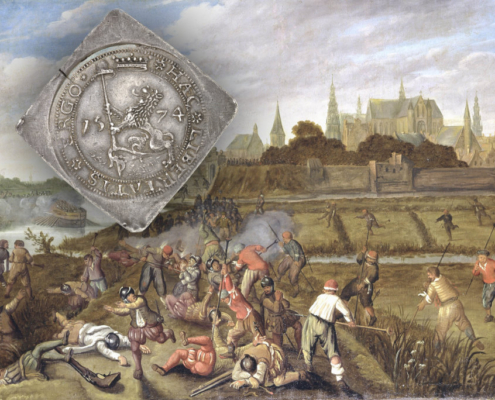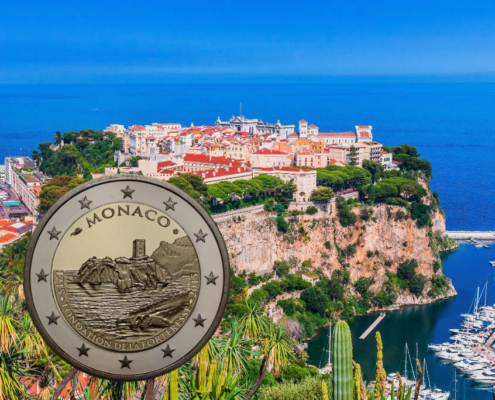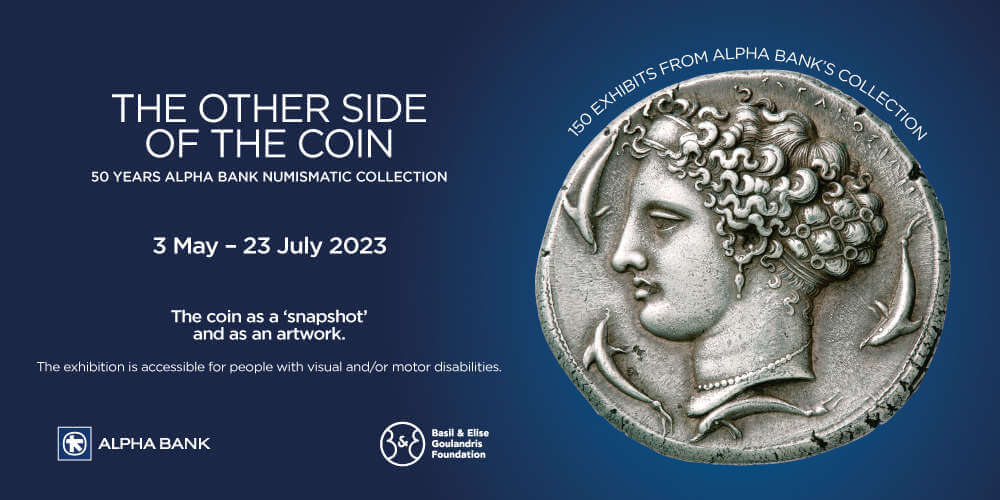1/2 Reichstaler 1621,
under Wilhelm V of Hesse-Kassel as administrator.
Condition: ef+


city of Besançon,
3 Pistols 1666 with title Charles V.
Condition: CH UNC

Bavaria, Chaise d'or (imperial shield)
1328-1347 under Emperor Louis IV.
Condition: ef

Reichstaler 1654-1668
under Count Guidobald von Thun.
Condition: vf-ef

Solidus (491-518)
under Anastasius the righteous.
Condition: vf-ef

Archive: People and Markets
Coins of the Islamic Lands From the Nasser D. Khalili Collection
The Khalili Collection of Islamic Art is one of the most comprehensive of its kind, and its Islamic coinage is among the finest in private hands. A catalog featuring highlights from the early period of Islamic Coinage has now been published, including many rare and unpublished specimens.
50 Years of Alpha Bank Numismatic Collection: “The Other Side of the Coin”
50 years ago the Alpha Bank Numismatic Collection was created. Now, an anniversary exhibition in Athens presents 150 coins from the collection illustrating “The Other Side of the Coin”: coins as means of communication and objects of art.
Archive: Coins, Medals and more

The Suffering of Leiden – A Siege During the Dutch Revolt
The third part of the Beuth Collection that Künker offers in Auction 420 contains many historically interesting emergency and siege coins. They were issued by the Dutch towns besieged by Spain during the 80 Years' War. One of these towns was Leiden, which to this day commemorates the end of the siege every year with a festival.

A Numismatic Journey Through the Principality of Monaco
On the visit of Albert II and Charlène of Monaco to Germany: The small country on the Mediterranean has more to offer than casinos, car races and film stars – it can look back on a long numismatic tradition.















German Collector Coins – Where Are the Collectors?
Every few months, Germany’s latest collector coins can be bought at face value at the counters of the Bundesbank. Sebastian Wieschowski has been on site as a collector and roving reporter for many years. He wonders: why do fewer and fewer coin enthusiasts want to be there when new additions to their own collections are being released?
Trump’s Influence? United States Mint Removes Commemorative Medal from Store
The United States Mint has removed a commemorative medal honouring the police officers who defended the Capitol during the attack on 6 January 2021 from its website, sparking criticism.